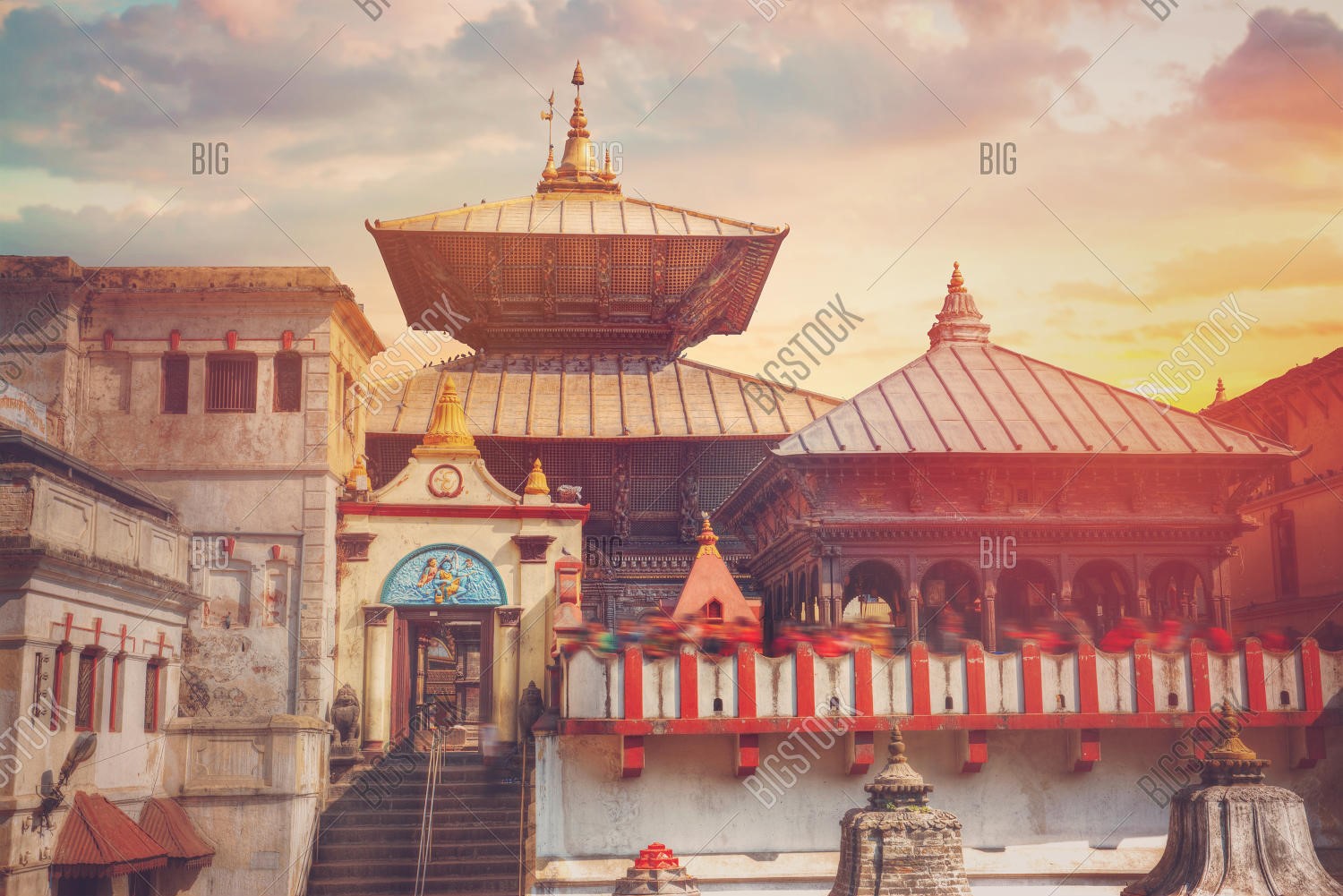
Sat,9 November 2024

Historical Significance:
Pashupatinath Temple's history dates back thousands of years, with its roots deeply embedded in Hindu mythology. Legends suggest that the temple's origins can be traced to the reign of the Lichchavi dynasty in the 5th century, though the current structures were built in the 17th century by King Bhupatindra Malla.
The temple's primary deity is Lord Pashupatinath, a manifestation of Lord Shiva. Hindus believe that Pashupatinath is the guardian of the Kathmandu Valley and a source of divine energy. The temple complex also houses various other deities, including Vishnu, Brahma, and several forms of Shakti.
Architectural Marvel:
Pashupatinath Temple stands as an architectural marvel, showcasing a blend of ancient Nepali and Indian architectural styles. The main pagoda-style temple is adorned with intricate wood carvings and gilded roofs, reflecting the artistic prowess of Nepali craftsmen. The temple's surroundings feature smaller shrines, ghats, and courtyards, creating a spiritual atmosphere that resonates with devotees and visitors alike.
The Lingam, a phallic symbol representing Lord Shiva, is the central focus of the main temple. Pilgrims believe that circumambulating the Lingam brings blessings and spiritual merit. The temple's Bagmati River location adds to its mystique, with devotees performing various rituals along the riverbanks.

Religious Practices and Festivals:
Pashupatinath Temple is a hub of religious activities throughout the year. Daily rituals, including prayers, aarti, and bhajans, attract devotees seeking divine blessings. However, the temple truly comes alive during major Hindu festivals like Maha Shivaratri, where thousands of pilgrims flock to participate in the festivities.
During festivals, the temple complex transforms into a vibrant tapestry of colors, sounds, and spiritual fervor. The air resonates with the chanting of mantras, the fragrance of incense, and the rhythmic beats of traditional instruments, creating an unforgettable experience for all who witness the celebrations.
Pilgrimage and Cultural Exchange:
Pashupatinath Temple serves as a global pilgrimage destination, drawing devotees from various corners of the world. Pilgrims embark on arduous journeys to seek solace, spiritual enlightenment, and divine intervention in their lives. The temple's inclusivity and welcoming atmosphere make it a symbol of cultural exchange and religious harmony.
Picture credit: Bigstock